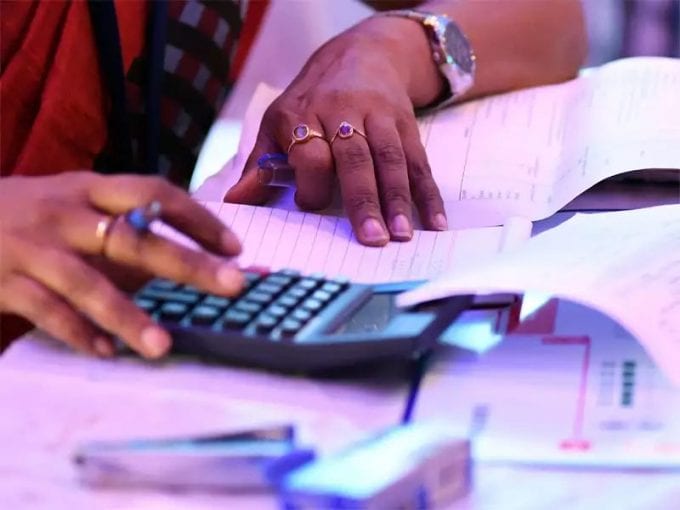It is not a secret that the most complex thing for small business owners is taxes. This especially counts if you are currently making the first steps in the business world. Accountants are responsible for tax management. Yet, it is equally important that small business entrepreneurs are familiar with this subject.
The reason for that is simple. You maybe won’t be able to afford a high-quality accountant in the beginning. It happens that many “young” entrepreneurs break the low without even knowing that they are doing that.
One of the complex taxes in Australia is GST. We believe that you are not even sure what GST is. That is the reason why we want to analyze this type of taxes and make the lives of Australian entrepreneurs a lot easier.
What is GST?

GST is an acronym for Goods and Services Tax. It is a 10%-tax that you need to pay for the most types of goods and services in Australia. When you do that, the Australian Taxation Office collects it and provides it to the Australian government for usage. In most cases, the government will use that money to invest it in infrastructure and public services in all parts of the country.
So, you are literally helping the economy of your country. So, even if the law doesn’t exist, you need to be aware of the needs that your country has. You are not just helping others; you are helping yourself as well. For instance, the country will invest money in the improvement of the roads which will ensure you a better and quicker transport of the goods.
When Do Small Business Owners Need to Register for GST?
As we previously said, some businesses work with services and products that are GST free. However, if you do not run that sort of business, there are a couple of rules that you need to follow.
More precisely, you need to register for GST in three different cases.
First of all, this depends on your annual turnovers. In case that you make more than 75 thousand dollars per year, your business has to be registered for GST. We suppose that something like this is not hard to reach.
The second rule that you need to respect is dedicated to non-for-profit organizations. Many people think that these organizations do not have to register for this type of taxes, which is wrong. If the NFP organization has more than 150 thousand dollars per year, then it is necessary to register it for GST.
Finally, the special rule goes to ride-sourcing and taxi drivers. They need to register for GST in every case, regardless of their yearly turnover.
Logically, you won’t be able to register the same day if some of these three things happen. The law doesn’t even require that from you. However, it requires that small business owners do that within 21 days of any of these three scenarios happening. Despite that, you will need your Australian Business Number to register.
How to Register for GST?

Fortunately, we live in a world of modern technology. The small business entrepreneurs now do not have to wait in line for hours to register their business for this type of taxes. More precisely, you have three different options and you can pick the one that suits you the most.
The first one is online registration which is the easiest one if you ask us. The second way is to register your business by phone on 13 28 66. Finally, you can do that through a registered tax or BAS agent. Whichever option you pick, do not forget to do that within three weeks of the moment when you cross the limits.
How to Calculate Your GST?
Well, this is an important step, but not because of the law. Small business owners need to include the tax in the prices of their products or services. That will give them a clear picture of how much they can raise the price and earn.
You don’t have to be an experienced mathematician to calculate this because the formula is easy – Your Price x 1.1= GST-inclusive price. For instance, if the price of your product was $50 without taxes, then $50 x 1.1 = $55 would be your new price. If you don’t have time to check everything once again, then you can use the so-called GST calculator. You can find it on MoneySmart’s website (it is free).
What to Include in GST-Invoices?

Before everything, there is one thing you should know. When businesses make a taxable sale over $82.5 (GST included), then the owner has to give the customer an invoice. The customer will be able to see the tax amount that is added to the price which allows him to claim GST credits. Of course, this is only possible if your client is a GST-registered business as well.
There are nine things that you need to include in your invoice. Write down this list somewhere because it is important.
- “Tax Invoice” phrase should be on a clear place
ABN or buyer’s identity (if the value of the sale is below $1000, then this is not mandatory). - Description of the services and goods you sold to the customer
- The data when you issued the invoice
- The name of the seller
- The ABN of your business
- The price without GST
- The value of the GST that you added to the price
- The total price
Despite the second step that is optional in the mentioned case, all these pieces of data are equally important. We advise you not to skip any of them
Conclusion
Okay, you now know things that are important for each small business owner. We do not want to say that you just found out everything. Still, the piece of knowledge that you gather here is enough to understand the things you need to do.
Educate yourself about GST taxes and any other type of tax that exists in Australia. For example, websites like MYOB offer you an in-depth analysis of the GST and we suggest you check the link that we attached.
So, does GST taxation seem a bit easier? We would like to hear from you!









